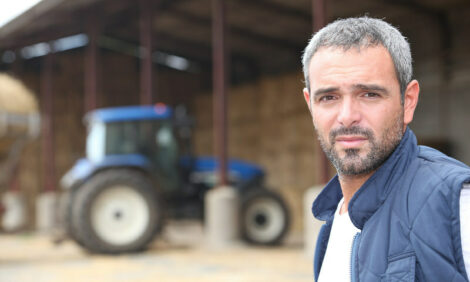



Can creep feeding increase post-wean feed intake?
The Prairie Swine Centre shares the latest research on the efficacy of creep feeding in improving post-wean feed intakeWeaned piglets are subjected to a number of nutritional, social and environmental stressors. They are separated from the sow, moved to a new environment, mixed with non-littermates and expected to begin consumption of a novel diet (transitioning from sow’s milk to solid feed).
.jpeg)
Piglets are exposed to an number of stressors during and after weaning, many of which can impact upon their growth
It is difficult to determine how much each stressor contributes to the growth lag often observed immediately post-weaning. However, post-weaning anorexia, coupled with the immature digestive and immune systems of the newly weaned piglet increases disease susceptibility and mortality.
Creep feeding provides highly palatable and easily digestible feed to nursing piglets to supplement sow’s milk, is a strategy intended to alleviate problems at weaning. In theory, creep feeding should result in heavier piglets at weaning, and since the piglets have been accustomed to solid feed, the post-weaning growth lag should be reduced. However, research results on creep feeding are inconclusive and confounded by several factors including litter size and individual variation in creep feed consumption, between and within litters.
Therefore, an experiment was designed to determine which piglets consume creep feed in the farrowing room and whether the presence of creep feed improves feed intake and body weight gain post-weaning. A second objective was to determine if piglets consuming creep feed in the farrowing room have improved post-weaning feed intake. Answers to these questions provide producers practical information, which could assist with the weaning transition.
Overall, the provision of creep feed for 5 days prior to weaning had no effect on weaning weights or growth rate from day 21 to weaning, however, modest effects were observed on piglet growth rate in the nursery. Interestingly, within the creep treatment, it was the lighter piglets which took advantage of the creep feed, and this subset of piglets showed an improved growth rate. Therefore, the provision of creep feed in the farrowing room provides benefits to piglets that show evidence of consumption and it is the lighter-weight piglets which benefit most from the provision of creep feed, and thus within litter variability may be reduced.









